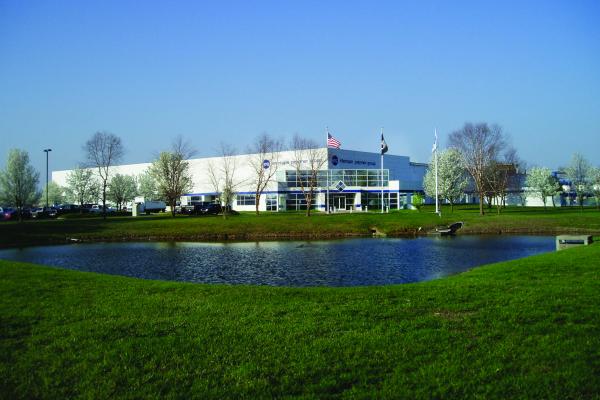Energy Manager
In February 2021, Chiller & Cooling Best Practices Magazine interviewed members of the Intertape Polymer Group Inc. (IPG) Sustainability Pillars team to gain an understanding of the work being done to improve energy efficiency. The team members interviewed were Michael Jones (Director of Corporate Energy), Michael Deitering (Senior Project Engineer), Jarrod Knapp (Maintenance Manager) and Mark Secord (Engineering Group Leader).
This is our first time receiving the award. We were hopeful we would receive it because we thought we achieved 23 out of the 23 attributes defined by the guidelines. Additionally, since the program was launched, GEM’s management practices have saved Corning more than $328 million in cumulative energy costs.
[ Read Full Story ]
The US Environmental Protection Agency’s ENERGY STAR program is providing a new energy management resource, Energy Treasure Hunts: Simple Steps to Finding Energy Savings. This new guide book draws upon the best practices of ENERGY STAR partner organizations that use energy treasure hunts to engage employees in finding low cost energy saving opportunities from behavioral, operational, and maintenance oriented actions.
[ Read Full Story ]
You may be wise to watching the demand meter or shifting heavy loads to off-peak hours, but those are not your only options. With advanced energy management technology, you can automate control of energy from refrigeration compressors, pumps, and other equipment so that your facility runs at optimal efficiency, you pay the lowest possible rates, and you can participate in incentive programs that pay you for unused kilowatts.
[ Read Full Story ]
There are three main segments in Visteon's climate group are climate systems, powertrain cooling and engine induction. Climate systems include refrigeration compressors, fluid transport, heat exchangers, battery cooling modules, climate controls, auto defog/demist systems, and multi-zone HVAC systems. Powertrain cooling systems include heat exchangers (radiators, condensers, charge-air, exhaust-gas), airflow management, and diesel and hybrid thermal management. Engine induction includes air induction systems and intake manifolds.
[ Read Full Story ]
PG&E runs energy incentive programs through two channels. We have our core channel representing the majority of our energy incentive offerings, and we offer energy incentives through third-party channels. Our Third-Party programs account for approximately twenty percent (20%) of the energy incentive dollars. PG&E has contracted with thirty-four (34) third-party companies, or implementers, to run fifty (50) contracts.
[ Read Full Story ]
Energy Trust of Oregon is an independent nonprofit organization dedicated to helping utility customers benefit from saving energy and tapping renewable resources. Our services, cash incentives and energy solutions have helped participating customers of Portland General Electric, Pacific Power, NW Natural and Cascade Natural Gas save nearly $600 million on energy bills.
[ Read Full Story ]
GRE administers a $9.5 million dollar energy rebate incentive budget in 2010 for our 28 co-ops. Fifty percent of the budget is designated for Residential and fifty percent targets Commercial, Industrial, Agricultural. This is the same budget we had in 2009 and in 2008, our budget was $6.5 million.
[ Read Full Story ]
Chiller & Cooling Best Practices interviewed Mr. Marcus Wilcox, President, Cascade Energy Engineering.
[ Read Full Story ]
This paper presents a discussion on the topic of Electric Demand Management as it relates to electric tariff rates, new power generation, and incentives to curtail peak usage.
[ Read Full Story ]
Reducing energy costs and pollution emissions involves many areas within an industrial facility. My studies have found key (or common) areas where low cost practical projects can be implemented. Combined, these projects provide savings exceeding 10% of the annual energy spend with an average payback of less than one year.
[ Read Full Story ]

